Wearing Prana
Prana can be worn on the lower or upper back using its lightweight retractable design. The device is designed for comfortable wear over any type of clothing, ensuring minimal disruption during research sessions.
Tracking Mode
Prana can continuously monitor passive breathing and posture, providing researchers with objective data on natural respiration patterns.
Training Mode (Core Function)
Prana’s primary function is guiding participants through structured breathing exercises with real-time feedback while capturing breath-to-breath compliance data.
Visual Biofeedback (Gamified Training)
Participants follow structured breathing patterns through interactive animations, making it easy to visualize target breathing protocols. The system provides immediate feedback on compliance, and can optionally pause if posture deviations occur.
Haptic Biofeedback (Vibration Cues)
For studies requiring eyes-closed or distraction-free breathing exercises, vibration pulses guide inhalation, exhalation, and breath-hold timing. The system helps ensure protocol compliance by providing corrective haptic feedback if participants deviate from the target patterns.
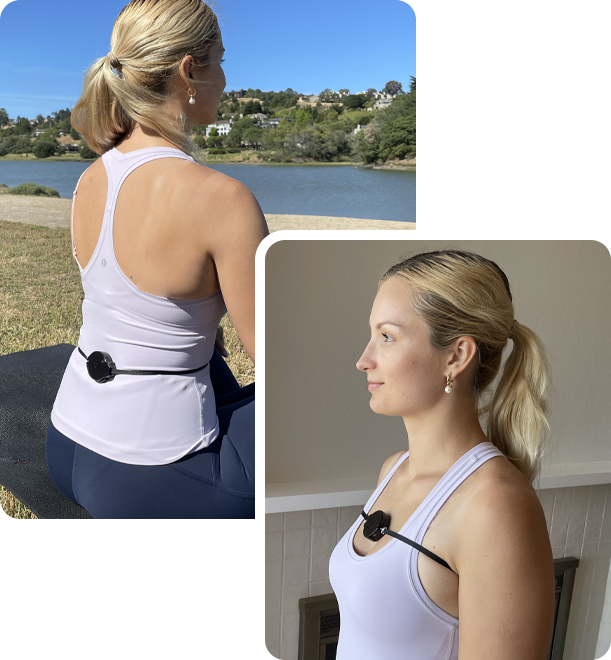
Optional Posture and Diaphragm Engagement Tracking
Prana can also track postural alignment and diaphragm engagement, providing additional insights for research studies exploring the relationship between posture and respiration.
Its retractable design allows it to be worn on either the lower or upper back, accommodating different study designs and participant needs. Unlike wearables that rely on adhesive tapes or restrictive clothing, Prana offers a comfortable, adaptable solution and can also track breathing and posture while standing.
Different Ways to Train
Prana flexibly allows training breathing and posture together, or separately for a wide range of use cases.
Multiple Ways to Wear Prana to Target your Training
-
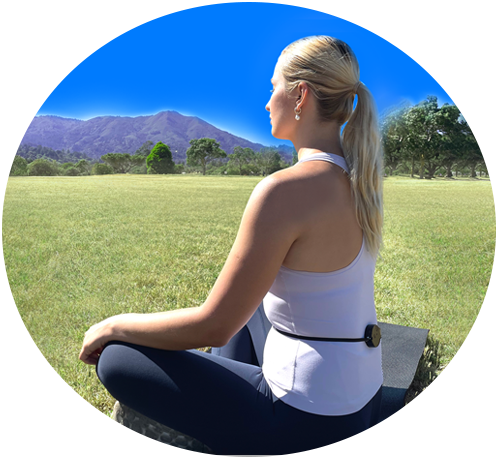
Lower Back
Trains diaphragmatic
breathing or lower back
posture, or both -
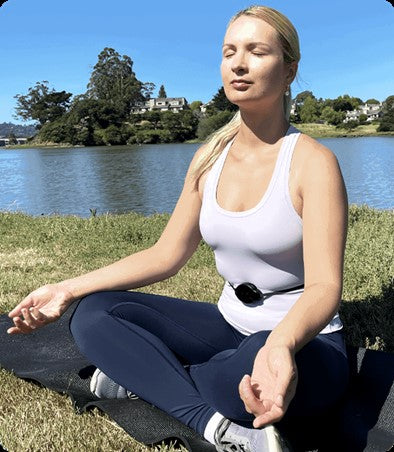
Belly
Trains diaphragmatic
breathing only
-
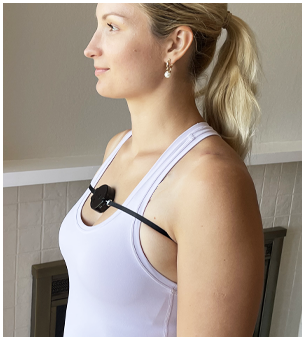
Upper Chest
Trains full rib cage
breathing or upper back
posture, or both -
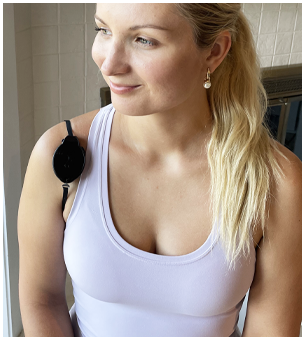
Upper Arm
Trains upper back
posture only
- Choosing a selection results in a full page refresh.





